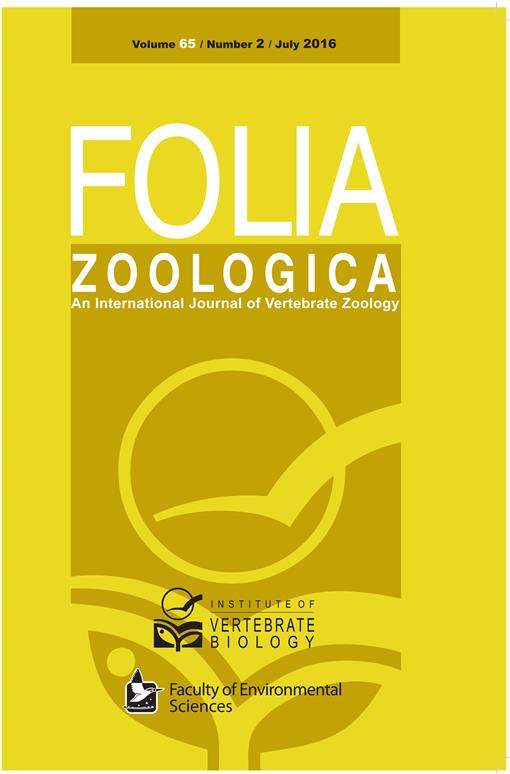Reproductive characteristics and host use of two populations of the Korean bitterling, Acheilognathus signifer, which uses mussels as a host, were investigated from April to July in 2011 and 2013. The study sites in Korea were Goesan, where A. signifer prefers Lamprotula leai to three other mussels as a host and Danyang, with a single mussel species, Unio douglasiae and therefore no host choice. The two populations of A. signifer did not show any differences in the appearance such as standard length of females during spawning season. However, the Goesan population had longer ovipositors (mean ± SD, 21.68 ± 2.84 vs. 19.33 ± 1.85) and a higher egg number (22.46 ± 12.31 vs. 17.16 ± 7.23) than the Danyang population. With regard to the host mussels that had A. signifer eggs, L. leai in Goesan had longer shells (57.24 ± 6.84 vs. 41.66 ± 4.88) and hosted more A. signifer eggs (11.10 ± 8.35 vs. 4.40 ± 5.30). We assume that the difference in ovipositor length and egg number of A. signifer between the two populations may be related to phenotypic plasticity required for oviposition to minimize egg ejection and maximize embryo survival.
How to translate text using browser tools
1 July 2016
Comparison of reproductive characteristics and host use of the Korean bitterling, Acheilognathus signifer (Cyprinidae, Pisces), between two populations in the wild environment
Hyeong-Su Kim,
Jae-Geun Ko,
Jong-Young Park

Folia Zoologica
Vol. 65 • No. 2
July 2016
Vol. 65 • No. 2
July 2016
Coevolution
egg position
freshwater mussel
Ovipositor




